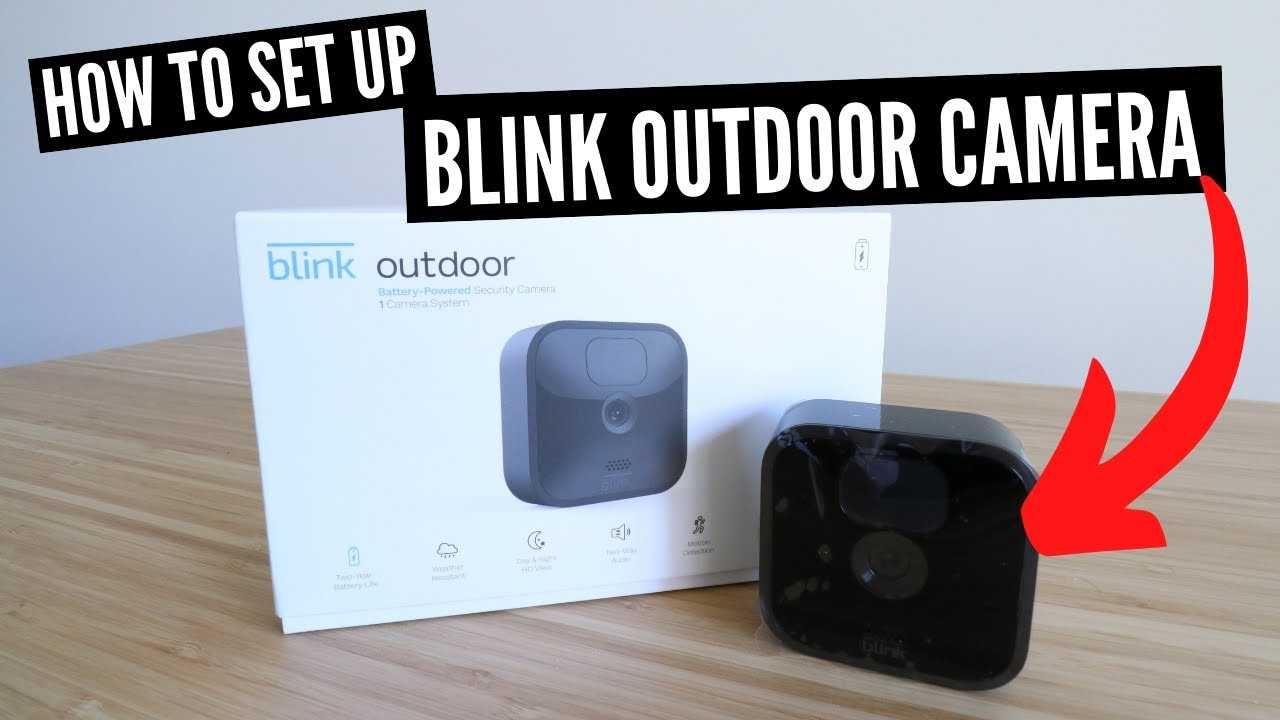Quick Answer: Setting up a live outdoor webcam is easier than you think! With just a few simple steps, you can bring the beauty of the outdoors to viewers around the world. In this article, we will guide you through the process of setting up a live outdoor webcam, from choosing the right equipment to ensuring a stable internet connection. So, let’s dive right in!
Are you ready to capture the mesmerizing scenes of nature and share them with others? Setting up a live outdoor webcam allows you to do just that. Whether you want to showcase stunning landscapes, wildlife in action, or bustling city streets, a live webcam can bring the world to your audience in real time.
In this article, we will walk you through the process of setting up a live outdoor webcam. We’ll cover everything from selecting the right equipment to finding the perfect location and ensuring a stable internet connection. So, grab your camera and let’s get started on this exciting journey!
How to Setup a Live Outdoor Webcam
Setting up a live outdoor webcam can be an exciting project that allows you to share the beauty of nature or monitor a specific area in real-time. Whether you want to capture stunning landscapes, observe wildlife, or keep an eye on your property, this guide will walk you through the process of setting up a live outdoor webcam. From selecting the right equipment to configuring the necessary software, we’ll cover all the steps you need to take to get your outdoor webcam up and running.
Step 1: Choose the Right Webcam
The first step in setting up a live outdoor webcam is to choose the right camera. Not all webcams are designed for outdoor use, so it’s important to select a model that is weatherproof and can withstand various environmental conditions. Consider the following factors when choosing a webcam:
- Weatherproofing: Look for a webcam that is specifically designed for outdoor use and is rated for your climate conditions. It should be able to handle rain, snow, extreme temperatures, and high humidity.
- Resolution: Decide on the image quality you desire. Higher resolution cameras will provide more detailed and clearer images, but they may also require more bandwidth.
- Field of view: Consider the desired field of view for your outdoor webcam. Do you want to capture a wide-angle perspective or focus on a specific area? Choose a camera with an appropriate field of view.
- Connectivity: Ensure that the webcam you choose has the necessary connectivity options for your setup. Some may require wired connections, while others can connect wirelessly.
Step 2: Find the Perfect Location
Choosing the right location for your outdoor webcam is crucial to ensure optimal performance and desired footage. Keep the following considerations in mind when selecting the perfect spot:
- Line of sight: Ensure that the webcam has an unobstructed view of the area you want to monitor. Avoid placing it behind obstacles like trees or buildings that could block the view.
- Power source: Make sure there is a reliable power source nearby to connect your webcam. Consider using a power outlet or a dedicated solar panel if running cables is not feasible.
- Protection: If possible, position the webcam in a way that minimizes the risk of theft or damage. Secure it to a sturdy structure or use a protective enclosure.
- Internet access: Ensure that there is a stable internet connection available at the chosen location. This will allow your webcam to stream live footage without interruptions.
Step 3: Set Up the Camera
Once you have chosen the right webcam and found the perfect location, it’s time to set up the camera. Follow these steps to get your outdoor webcam ready:
- Mount the camera: Attach the webcam securely using the appropriate mounting hardware. Ensure that it is stable and aligned correctly to capture the desired area.
- Connect the power source: Plug in the power cable of the webcam to the designated power source. If using a solar panel, make sure it is correctly installed and connected.
- Connect to the internet: Depending on the camera model, connect the webcam to your network using either an Ethernet cable or a wireless connection. Follow the manufacturer’s instructions for the specific setup process.
- Configure camera settings: Access the webcam’s settings interface through a web browser or dedicated software. Configure the desired resolution, frame rate, and other settings according to your preferences.
- Test the camera: Once the camera is set up, test its functionality by viewing the live footage. Ensure that the image quality, field of view, and streaming capabilities meet your expectations.
Step 4: Choose the Right Software
To stream the live footage from your outdoor webcam, you’ll need the right software solution. Look for software that offers the following features:
- Streaming capabilities: The software should support live streaming and provide options for adjusting the streaming quality to optimize bandwidth usage.
- Remote access: Choose software that allows you to access the webcam remotely, so you can check the live footage from anywhere using a computer or mobile device.
- Compatibility: Ensure that the software is compatible with your webcam model and the operating system of the device you plan to use for viewing.
- Security options: Look for software that offers encryption and authentication features to protect the privacy of your live footage.
Step 5: Configure the Software
Once you have chosen the right software, it’s time to configure it to work with your outdoor webcam. Follow these steps:
- Install the software: Download and install the software on the device you plan to use for viewing the live footage. Follow the instructions provided by the software provider.
- Connect the webcam: Launch the software and connect your outdoor webcam to the computer or network. Follow the software’s instructions for the specific setup process.
- Configure streaming settings: Access the software’s settings interface and configure the streaming settings according to your preferences. Set up the desired frame rate, resolution, and streaming platform.
- Test the live stream: Once the software is configured, test the live stream to ensure it is functioning correctly. Check the image quality, stability, and accessibility from remote devices.
Setting up a live outdoor webcam requires careful planning, the right equipment, and the appropriate software. By following the steps outlined in this guide, you can create an engaging live stream of your outdoor area and share the wonders of nature or monitor your property with ease. Enjoy capturing the beauty of the outdoors from the comfort of your own home!
Live Streaming 4 Cameras 24/7 on YouTube – System Setup
Frequently Asked Questions
What equipment do I need to set up a live outdoor webcam?
To set up a live outdoor webcam, you will need the following equipment:
– A high-resolution outdoor camera with weatherproof capabilities.
– Stable internet connection (preferably wired) with sufficient bandwidth to handle the live streaming.
– Power source or a battery pack for the camera.
– Mounting hardware such as brackets or tripods to securely position the camera.
How can I protect the outdoor webcam from weather conditions?
To protect your outdoor webcam from various weather conditions, consider these measures:
– Choose a camera specifically designed for outdoor use, with weatherproof features.
– Position the camera under a shelter or install a protective housing or casing around it.
– Ensure all cables and connections are properly sealed to prevent water damage.
– Regularly clean the lens and remove any accumulated dirt or debris.
– If extreme weather is expected, temporarily disconnect and protect the camera indoors.
How do I ensure a stable and reliable internet connection for my outdoor webcam?
To ensure a stable and reliable internet connection for your outdoor webcam, follow these steps:
– Use a wired connection if possible, as it offers a more stable signal than Wi-Fi.
– If using Wi-Fi, make sure the camera is within range of a strong and stable signal.
– Consider using a high-quality router or Wi-Fi extender to improve signal strength.
– Check your internet bandwidth and contact your internet service provider if necessary.
– Regularly monitor the connection and troubleshoot any issues promptly.
How can I access the live stream from the outdoor webcam?
To access the live stream from your outdoor webcam, you can follow these methods:
– Use a web browser to visit the IP address assigned to your camera. Refer to the camera’s manual for specific instructions.
– Install the camera manufacturer’s dedicated software or mobile app, if available, for easier access.
– Set up remote viewing using a cloud-based service provided by the camera manufacturer.
– Consider using a video management software (VMS) that supports live streaming from multiple cameras if you have more than one.
How do I ensure the privacy and security of the live stream from my outdoor webcam?
To ensure privacy and security for your outdoor webcam’s live stream, take these precautions:
– Change the default login credentials of your camera with a strong, unique password.
– Enable encryption protocols such as HTTPS or SSL/TLS for secure data transmission.
– Regularly update the camera’s firmware to benefit from security patches and improvements.
– Set up motion detection alerts to receive notifications for suspicious activity.
– Limit access to the live stream by using secure authentication methods and creating restricted user accounts.
Final Thoughts
Setting up a live outdoor webcam is a straightforward process that allows you to capture and share real-time footage of nature, events, or any outdoor location. Begin by selecting a suitable location for your webcam, ensuring it has a stable internet connection. Install the webcam securely and adjust its settings for optimal image quality. Choose a reliable streaming platform to broadcast your live feed, and optimize your webcam’s features to enhance the viewing experience. With a few simple steps, you can easily set up a live outdoor webcam and share the beauty of the world around you with others.

I follow the latest trends in smart devices, portable monitors, and gaming accessories. My goal is to provide real-world insights that help readers make smarter tech decisions.






